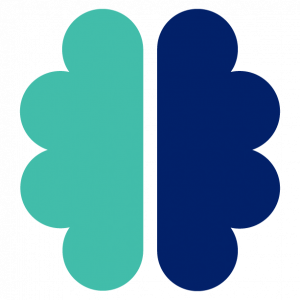Measuring What Matters:
Identifying what matters
Five dimensions of learning beyond the 3Rs
Education experts were recruited to articulate key domain areas, their importance in terms of student success, and some potential ways that they could be assessed:
Citizenship education
Citizenship education includes the acquisition of knowledge of historical and political concepts and processes. It supports the development of students’ understanding of social issues and of the impact of their behaviour and decisions on others. It develops their capacity to recognize and value different perspectives and their sense of agency to influence change in society.
A democratic and cohesive society relies on people understanding the impact of their behaviour and decisions on others, and having the capacity to play an informed role in the affairs of their society. Citizenship education supports students’ capacity to be responsible, active citizens in their schools and communities. It allows them to become contributing members of a democratic society.
Read the paper by Dr. Alan Sears, our research lead for citizenship education.
Read the summary.
See the list of citizenship competencies.
Creativity
Creativity is a process that involves generating novel ideas and products, using one’s imagination, being inquisitive, and persisting when difficulties arise. The process includes collaborating with others and being able to evaluate creative products, ideas, and processes dispassionately. Creative competencies and skills are vital for problem solving and for developing ways of adapting knowledge to new contexts.
In a knowledge economy, and times of rapid change, we need people with the creative capacity to adapt knowledge to new contexts, generate new ideas, and use innovative approaches to problem-solving. Fostering creativity helps students develop resilience, resourcefulness, and confidence, and is positively linked to engagement, achievement, and innovation.
Read the paper by Dr. Rena Upitis, our research lead for creativity.
Read the summary.
See the list of creativity competencies.
Health
Health education supports students in adopting healthy lifestyles from an early age, and provides them with the self-regulatory skills and competencies they need to make healthy decisions and engage in health promoting behaviours.
Teaching students the habits and skills that provide a foundation for health improves their chances for academic success. It leads to increased productivity, improved life expectancy, greater capacity to cope with life’s challenges, and can reduce the risk of both chronic disease and mental illness.
Read the paper by Dr. Bruce Ferguson, our research lead for health.
Read the summary.
See the list of health competencies.
Social-emotional learning
Social-emotional learning supports students in understanding and managing their emotions, developing positive relationships with others, and engaging with their community. Students can learn social-emotional competencies just as they learn formal academic skills—through regular interactions with peers, teachers, and school staff inside and outside of the classroom.
Strong social-emotional skills are critical for students’ educational attainment, long-term well-being and prosperity, and their ability to contribute to society.
Read the paper by Dr. Stuart Shanker, our research lead for social-emotional learning.
Read the summary.
See the list of social-emotional learning competencies.
Quality learning environments
The student competencies in each domain of Measuring What Matters (Creativity, Citizenship, Social-Emotional Learning, and Health) can be taught, supported, and enhanced in a variety of ways. They can be addressed across a variety of subject areas, and through a range of school/community practices.
The physical and social environment of the school, its connections to the community, and the range of opportunities provided, are key to the development of the skills and competencies students need for long-term success.
Read the paper by Dr. Nina Bascia, our research lead for quality learning environments.
Read the summary.
See the list of conditions for a quality learning environment.
Perspectives on Measuring What Matters
We invited experts in the fields of French-language and Indigenous education to look at the Measuring What Matters initiative.
Measuring What Matters: Focus on the French-language school
Dr. Michelle Boucher unpacks the intersections between the priorities of French-language schools and the goals for the Measuring What Matters initiative. The mandate of Francophone education in a minority reaches beyond the classroom and harmonizes with the domains above.
What matters in Indigenous education: Implementing a vision committed to holism, diversity, and engagement
Dr. Pamela Toulouse takes on the domains of creativity, health, social-emotional learning, citizenship, and quality learning environments through the lens of Indigenous education.
What next?
The domain leads used their work to identify specific competencies in social-emotional learning, citizenship, creativity, and health, and the specific conditions in quality learning environments. Check out these teachable, learnable competencies now.
